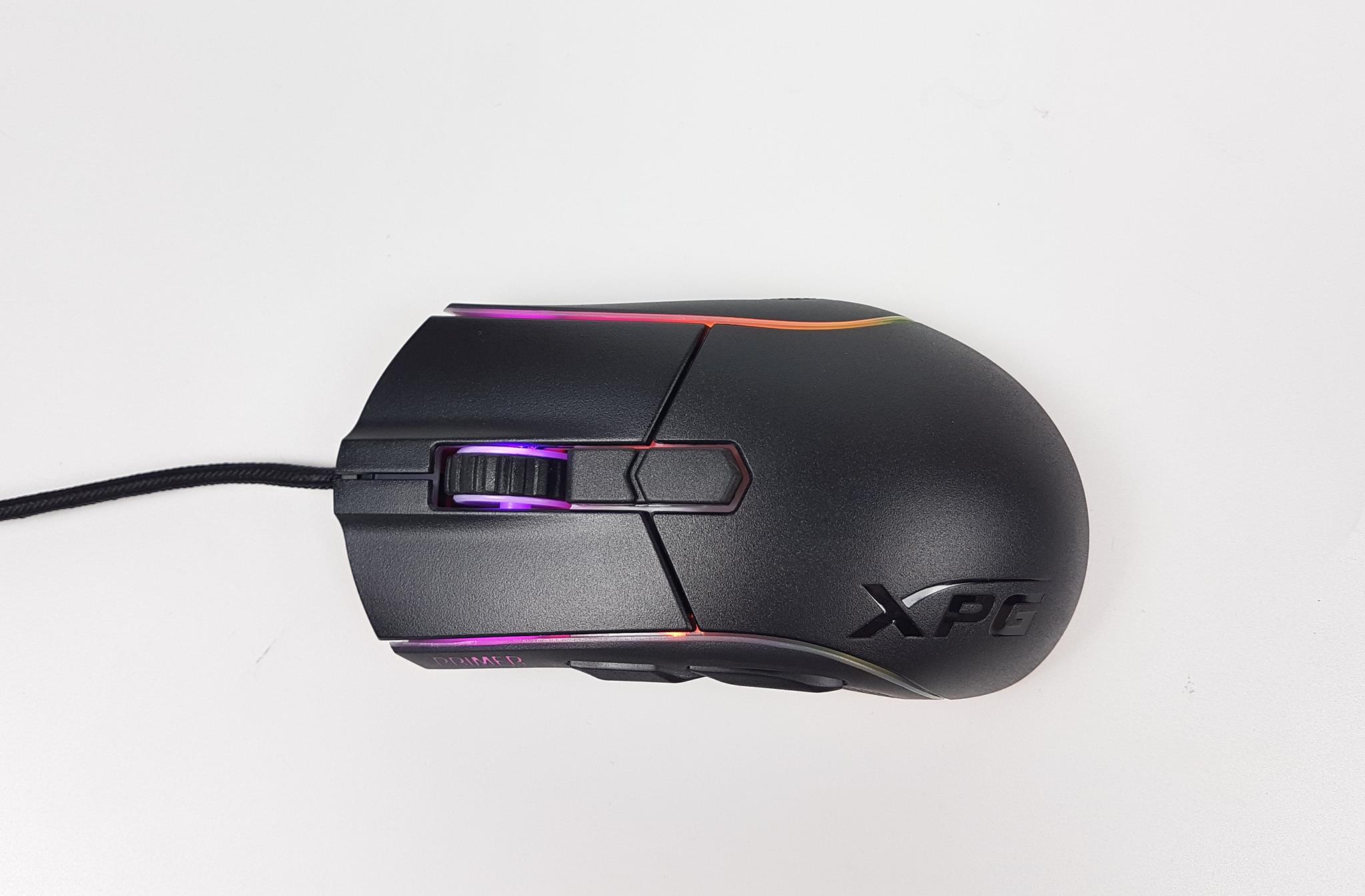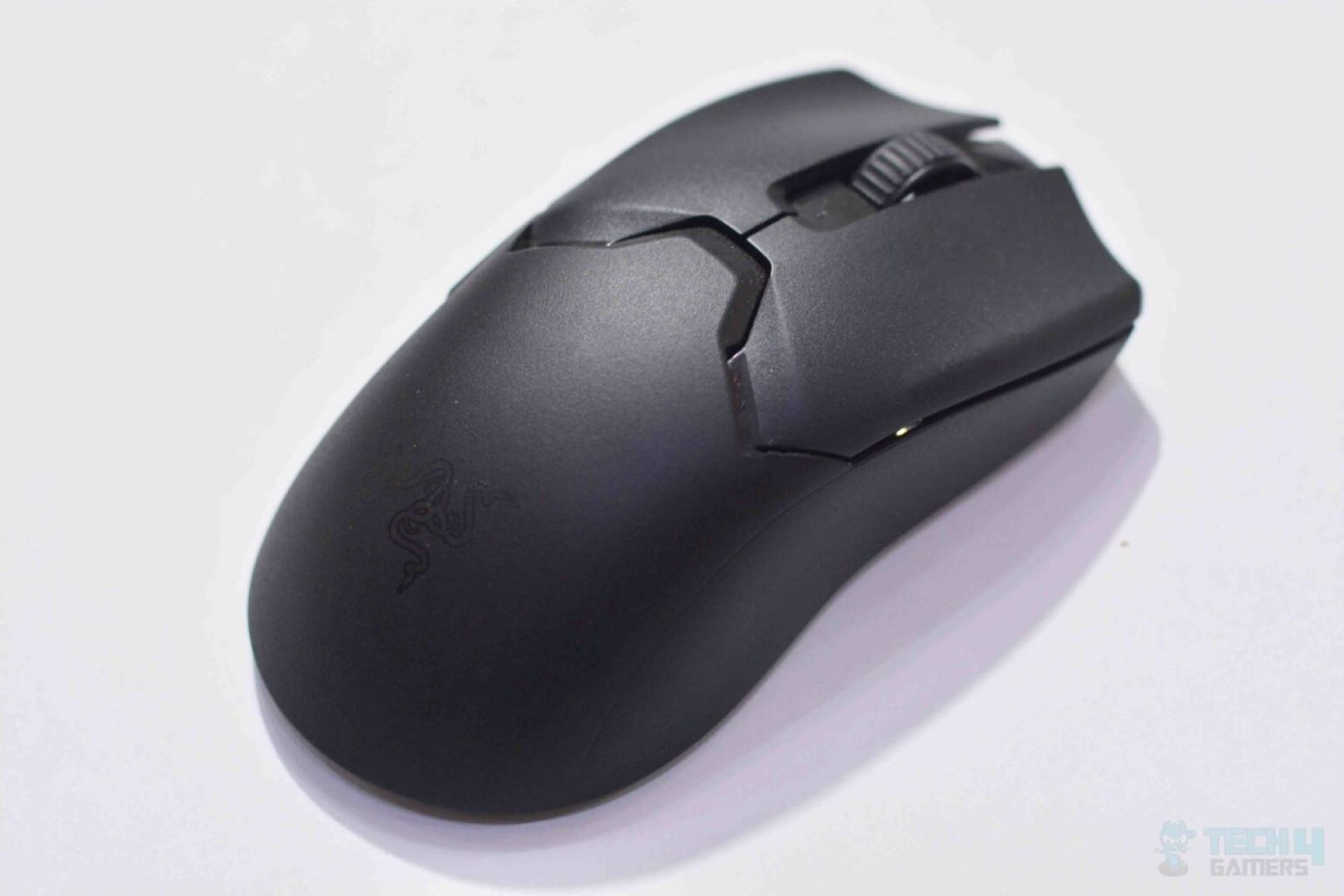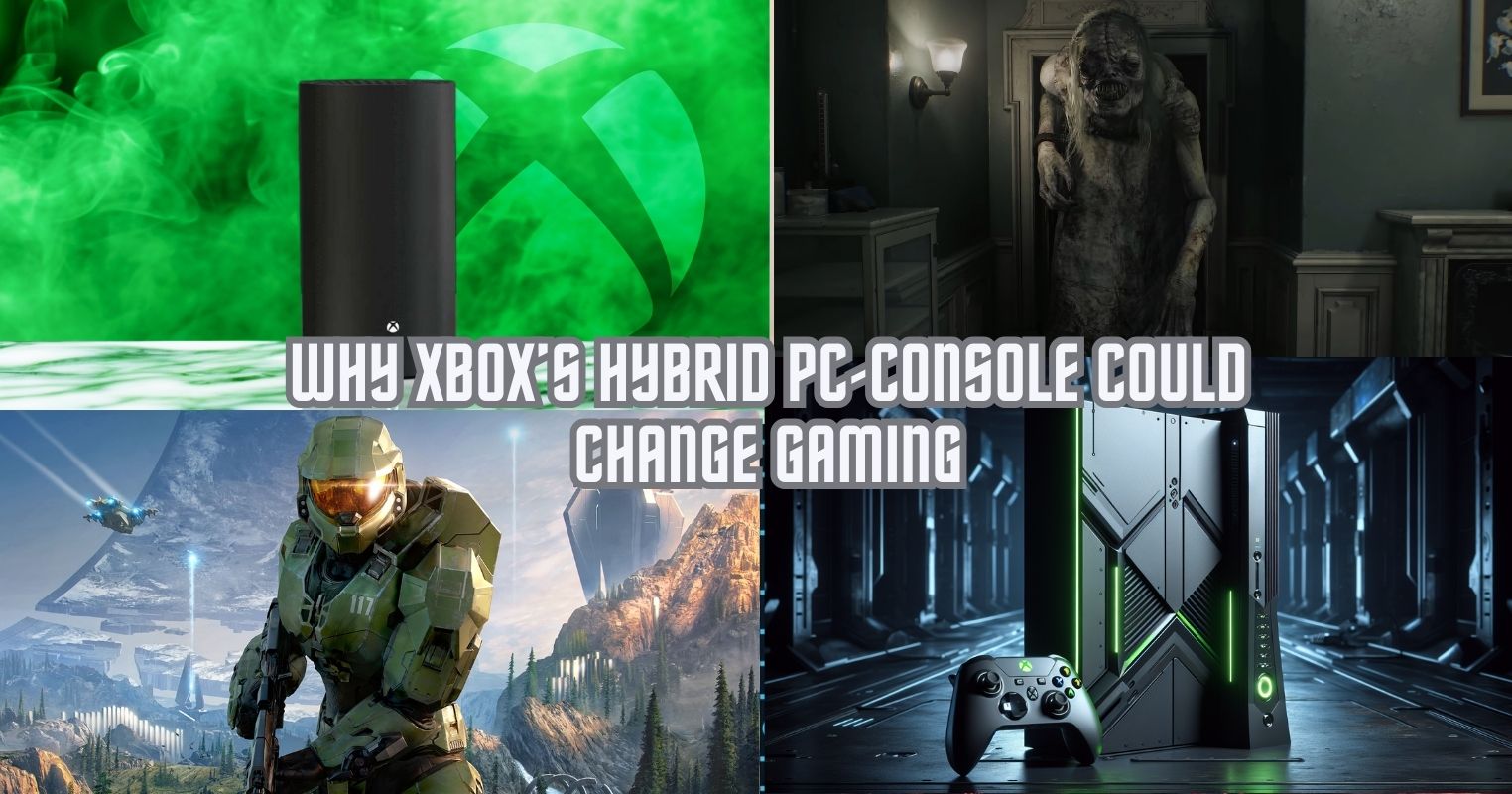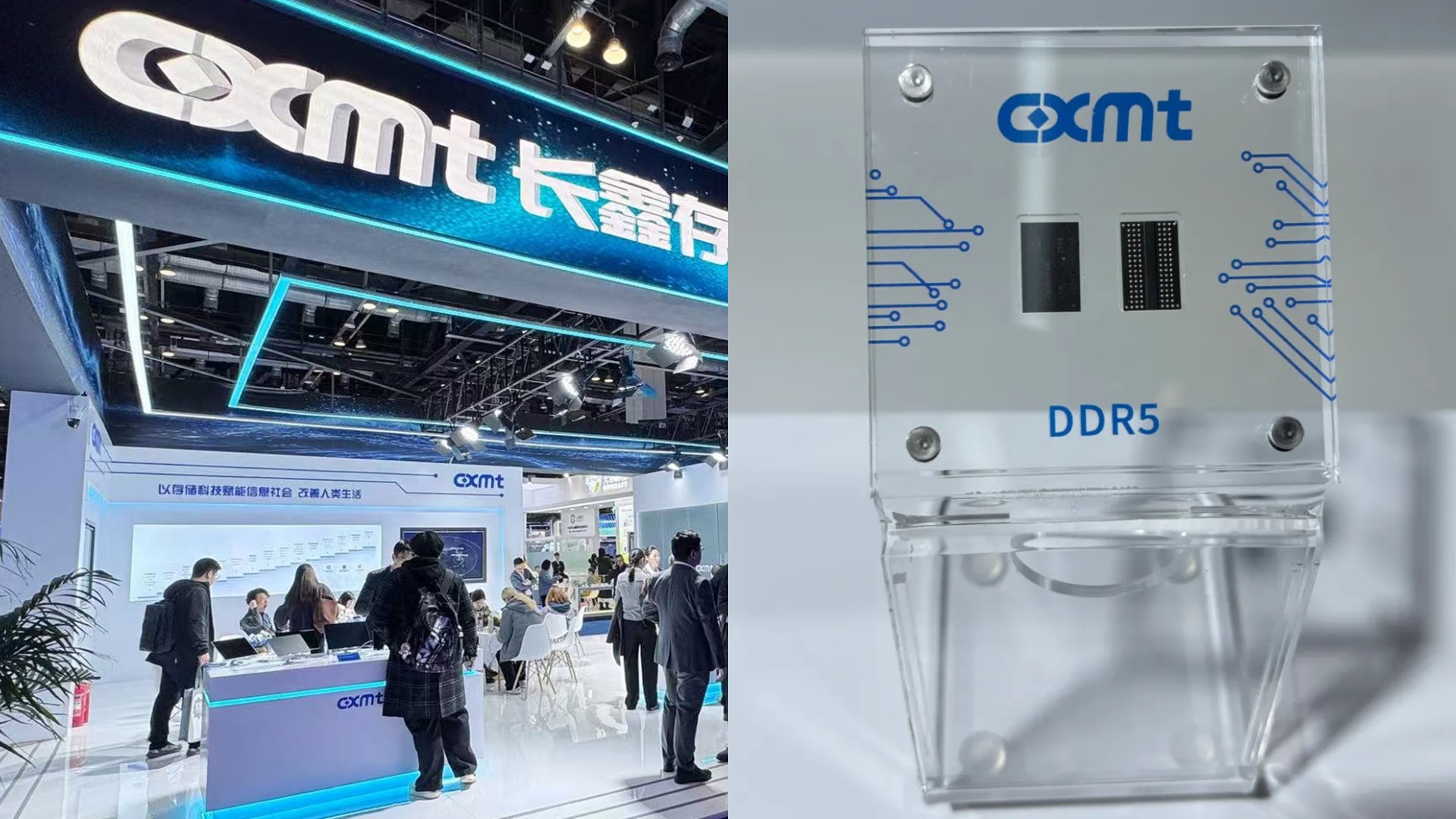It’s always been about pushing boundaries in gaming, including higher frame rates, lower latency, sharper visuals, and more. Recently, we’re seeing a rise in 8000Hz polling rate mice. These mice are being marketed as the next big leap in responsiveness. But many are asking, do you actually need such a high polling rate? Let’s dive right into it.
What a Polling Rate Means
The polling rate of a mouse refers to how fast it reports its position to the computer and is measured in hertz. A typical office mouse has a polling rate of 125Hz. For gaming mice, 1000Hz, meaning one update every millisecond, has been the standard for a long time.

At 8,000Hz, the mouse sends an update to the PC every 0.125 seconds. On paper, this may seem impressive, as it is 8 times faster than what 1000Hz can achieve. For competitive gamers, shaving off milliseconds in response time may seem appealing, but for the standard gamer, the benefits are more complicated.
Theoretical vs Real World Gains
As discussed above, 8000Hz reduces the latency to 0.125 milliseconds, which is still under 1 millisecond when compared to 1000Hz. For most of us, this improvement falls below the normal level of perception we have and therefore doesn’t translate to a meaningful advantage.
If you’re not a competitive gamer who values the most minor reaction time improvements, you may not even see a difference. Many reviewers and professional gamers have highlighted that the jump from 125Hz to 1000Hz was revolutionary but the leap from 1000Hz to 8000Hz is not very exciting.
Downsides of 8000Hz Polling Rates
A higher polling rate translates to more CPU usage. Constantly sending updates every 0.125 seconds is a heavy workload, especially when playing titles that already demand a lot from the processor. On a budget build, this may lead to issues such as stuttering and low performance, which players don’t want.

Secondly, a high polling rate demands more power. Some wireless models, such as the Razer Viper V2 Pro, which offer 8000Hz polling rates, must be plugged in to achieve this, which eliminates the entire wireless experience. It’s like trying to make full use of 1000+ FPS in a game when your monitor maxes at 240Hz.
Who Actually Benefits?
Despite the drawbacks, 8000Hz polling isn’t entirely unnecessary. Competitive esports players in titles such as Valorant, Fortnite, or CS2 may notice the change. To these players, even the most minor improvement may matter.
It also appeals to enthusiasts seeking a very low-latency setup. When paired with a 340Hz or 500Hz screen, a high-end GPU, and adjusted system settings, 8000Hz can reduce micro latency bottlenecks throughout the setup. However, for a typical gamer, the high CPU strain, combined with increased power consumption and an imperceptible change in latency, may not seem worthwhile.
1000Hz is Best for Now
After years of testing and feedback from professionals, it has become evident that 1000Hz remains the practical sweet spot for polling rates in mice in 2025. It delivers a good response time without putting strain on the CPU.

Apart from this, it also works across all systems and doesn’t require high-end hardware to justify itself. Many manufacturers ship their 8,000Hz-capable mice with 1,000Hz set as the default, resulting in the extra capability going unused.
Final Thoughts
As technology continues to advance, an 8000Hz polling rate may soon become relevant. Overkill today may become tomorrow’s standard, just as 1000Hz was once seen as excessively high compared to 125Hz.
The bottom line is that in 2025, 8000Hz polling is more of a luxury than a necessity. It may seem impressive and, in the hands of the right person, may also be meaningful, but truth be told, to the average gamer, it’s a gimmick. Whether it’s valid depends on you, as a gamer, giving it credibility in your setup.
Thank you! Please share your positive feedback. 🔋
How could we improve this post? Please Help us. 😔
[Comparisons Expert]
Shehryar Khan, a seasoned PC hardware expert, brings over three years of extensive experience and a deep passion for the world of technology. With a love for building PCs and a genuine enthusiasm for exploring the latest advancements in components, his expertise shines through his work and dedication towards this field. Currently, Shehryar is rocking a custom loop setup for his built.
Get In Touch: shehryar@tech4gamers.com




